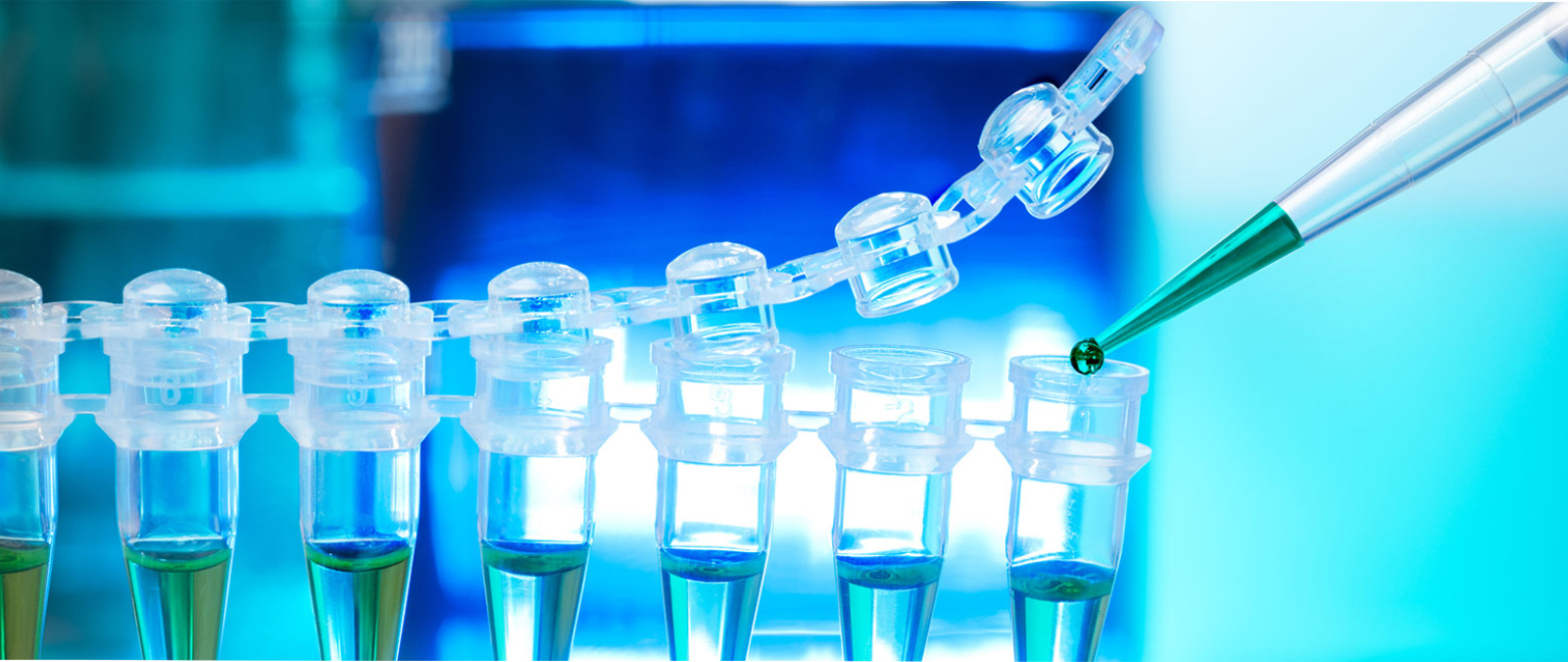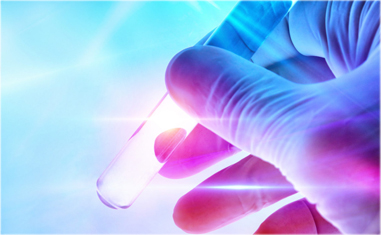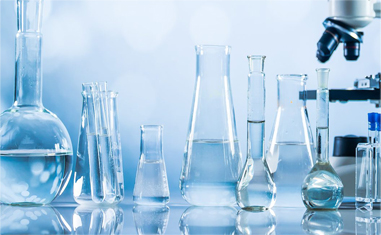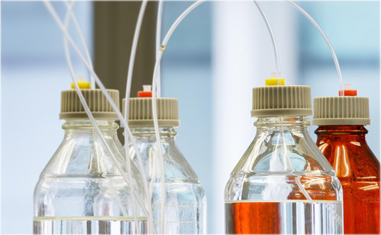
Stability Testing
Stability testing of pharmaceutical products is a complex set of procedures that involve considerable cost and time.
The purpose of stability testing is to provide evidence of how the quality of an Active Pharmaceutical Ingredient (API) or Finished Pharmaceutical Product (FPP) varies with time under the influence of a variety of environmental factors such as temperature, humidity, and light. The stability program also includes the study of product-related factors that influence its quality, for example, the interaction of API with excipients, container closure systems, and packaging materials.
Currently Being Tested
Stability testing of pharmaceutical products is a complex set of procedures that involve considerable cost, time consumption, and scientific expertise in order to build in quality, efficacy, and safety in a drug formulation. The scientific and commercial success of a pharmaceutical product can only be ensured with the understanding of the drug development process and the myriad tasks and milestones that are vital to a comprehensive development plan. Stability testing is termed as a complex process because of the involvement of a variety of factors influencing the stability of a pharmaceutical product. These factors include the stability of the active ingredient (s); the interaction between active ingredients and excipients, the manufacturing process followed, type of dosage form, container/closure system used for packaging and light, heat and moisture conditions encountered during shipment, storage and handling.
A pharmaceutical product may undergo a change in appearance, consistency, content uniformity, clarity (solution), moisture contents, particle size and shape, pH, package integrity thereby affecting its stability. Such physical changes may be because of impact, vibration, abrasion, and temperature fluctuations such as freezing, thawing or shearing, etc.
The chemical reactions like solvolysis, oxidation, reduction, racemization, etc. that occur in the pharmaceutical products may lead to the formation of a degradation product, loss of potency of active pharmaceutical ingredient (API), loss of excipient activity like antimicrobial preservative action and antioxidants, etc. Stability of a pharmaceutical product can also be affected because of microbiological changes like the growth of microorganisms in nonsterile products and changes in preservative efficacy
The USP defines the stability of the pharmaceutical products as “the extent to which a product retains within specified limits” and throughout its period of storage and use (i.e. its shelf life) the same properties and characteristics that it possessed at the time of its manufacture. Stability study is a vital stake of the drug development process. Stability is the only way that assures whether the drug is within acceptance criteria or not. Stability comes into focus when the quality and efficiency of the drug are concerned. The literal meaning of stability is the capacity of a drug product to remain within specifications established to ensure its identity, strength quality and purity. Instability of the drug can cause an undesired change in performance that causes product failures.

Physical
Physical changes may be because of impact, vibration, abrasion, and temperature.

Chemical
The chemical reactions may lead to the formation of the degradation product.

Manufacturing Stability
It involves the various parameter during the manufacturing process.

Microbial
The growth of microorganisms in non-sterile products and changes in preservative efficacy.



